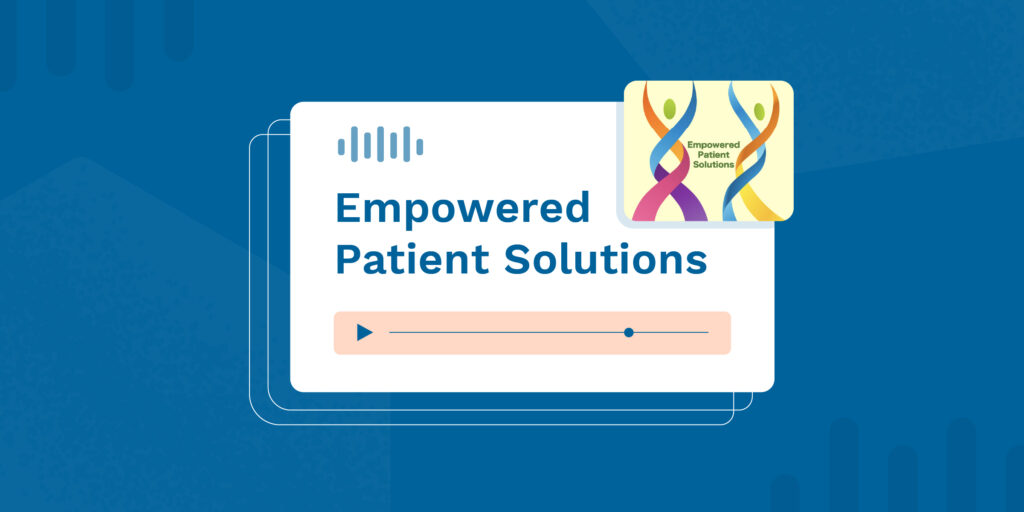One of the by-products of the Coronavirus pandemic has been a meteoric rise in online health searches, telehealth, and other forms of digital medicine. But there are still people who aren’t comfortable with or don’t have access to digital healthcare, and there is still confusion about how insurance companies cover care such as telehealth. In other words, there is still disparity within the U.S. when it comes to digital health literacy.
Americans get their health information online, and not all of it is true
The World Health Organization (WHO) defines digital health literacy as “the ability to seek, find, and appraise health information from electronic sources and apply the knowledge gained to address or solve a health problem.”
One area in which digital literacy has gained traction is in online research. The U.S. has embraced electronic sources for information, with more than 70% of adults reporting that the internet is their primary source of health knowledge and 80% of internet users searching for at least one health-related topic. During the pandemic, internet searches have exploded; in the U.S., Google searches for the vaccine have increased by 1,900% since January 2021.
While the Web is a significant source of health information, there are differences in who is doing the searching. According to a Pew Research study, women outnumber men, 85% versus 75%. And younger, married, and white persons do more internet searches than other groups. For example, adults ages 25-44 are nearly 80% more likely to refer to the internet for health information than adults over 65. Income matters, as well; households earning more than $100,000 were nearly 60% more likely to look online for health information than households earning less than $50,000.
But not all information communicated via the internet and social media is accurate—a concern that can impede diagnosis, treatment, and recovery. This was especially apparent during the Coronavirus health crisis.
“We’re not just battling the virus,” said WHO Director-General Tedros Adhanom Ghebreyesus. “We’re also battling the trolls and conspiracy theorists that push misinformation and undermine the outbreak response.” The challenge for providers is to help patients be discerning consumers of online health information. This is no small task when there are unlimited sources available, little to no quality control, and differing opinions on health.
“As patients have better access to health information through the internet and expect to be more engaged in health decision making, traditional models of the patient-provider relationship and communication strategies must be revisited to adapt to this changing demographic,” concludes a report from the National Institutes of Health.
Demographic differences in digital healthcare users
However, seeking information online and receiving care virtually are not the same. There are many in the U.S. who lack electronic skills or have limited access to online health tools, such as telemedicine. According to research from the University of Pittsburgh and Harvard Medical School, more than 41% of Medicare patients lack access to a desktop or laptop computer with a high-speed internet connection at home, almost 41% don’t have a smartphone with a wireless data plan, and more than 26% didn’t have access to either.
This is especially concerning since older patients typically experience more chronic and acute conditions than younger patients and need more care. Plus older patients are also more likely to suffer from physical disabilities—such as hearing and vision impairments—and mental health challenges that can make telehealth difficult.
Age is not the only segment where access to digital healthcare is limited. As reported in a JAMA, Internal Medicine letter, patients with lower socioeconomic status and those who live in communities of color also lack digital access. Another study reported by the Journal of the American Medical Informatics Association found that Black and Hispanic patients had higher odds of using either ER or office visits versus telehealth than either White or Asian patients.
Telehealth reimbursements lack consistency
Patients also must navigate the barriers of complexity for how insurance companies cover digital healthcare. The heavy use of telehealth during the pandemic has increased coverage for virtual care, with The U.S. Centers for Medicare and Medicaid (CMS) leading the way in covering telehealth for Medicare beneficiaries at the beginning of the pandemic. Many states (43) have laws regulating how telehealth is reimbursed, while many major insurance carriers also cover digital healthcare. However, whether it’s private insurance, Medicare, or Medicaid, the amount of coverage varies by carrier and specialty, adding to the confusion of vulnerable patients who may also be experiencing other challenges such as lack of technology or little understanding of the English language.
Keeping patient engagement front and center
The ceiling for digital health appears to be limitless. However, not all patients have the digital health literacy they need to take advantage of the benefits of electronic health resources. There is still much work to be done by providers, insurance companies, and state and federal governments. However, based on the rapid progress achieved during the COVID-19 health crisis, the future holds much promise.
RXNT’s telehealth-friendly software helps you help your patients receive the virtual care they need, and our Electronic Health Records works side-by-side with your favorite virtual video appointment program. Your patients can also use our Scheduling program to sign up for telehealth appointments right from the Patient Health Records portal, which gives them access to personalized health tools from your practice and access to a wealth of health information through Medline. Request a no-obligation demo to see how RXNT software helps you improve your patient’s digital health literacy.




